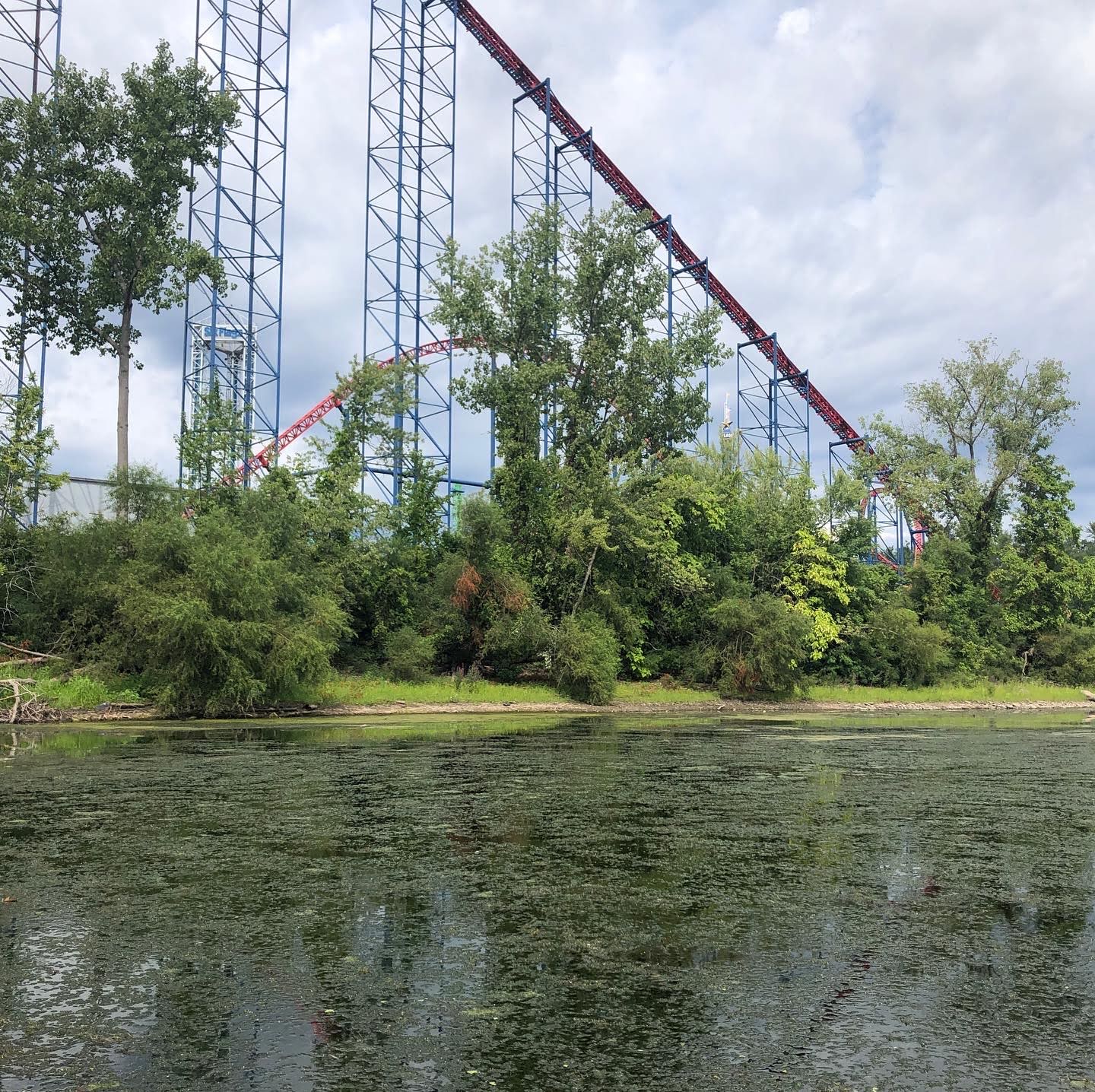Hydrilla’s arrival in Michigan: Learn how communities can safeguard inland lakes
Join the MiCorps Exotic Aquatic Plant Watch today!

Hydrilla (Hydrilla verticillata), an aggressive invasive aquatic plant, was discovered in Michigan for the first time in late summer 2023 and poses a significant threat to Michigan's inland lakes. Below we feature advice shared with us from other states where hydrilla has already caused significant environmental and economic damage to lakes. Michigan’s lakeshore residents can help prevent the spread of hydrilla here by learning how to identify and report it through the Michigan Clean Water Corps (MiCorps) Exotic Aquatic Plant Watch.
Challenges in Connecticut
In 2016, Connecticut discovered a new subspecies of hydrilla that infested over 70 miles of the Connecticut River. Jeremiah Foley, Ph.D., a research scientist at the Connecticut Agricultural Experiment Station, highlights the significance of early detection.
“The arrival of a new strain of hydrilla raises questions about its potential rate of growth, spread, and impacts,” he says.
Foley’s program integrates biological control agents with aquatic herbicides to manage the infestation. He stresses the importance of the "Clean, Drain, Dry" protocol to prevent the spread of invasive species.
“By following these protocols and engaging in vigilant monitoring, Michigan can protect its aquatic ecosystems from the impacts of hydrilla,” Foley continues.

Insights from Florida
Florida has dealt extensively with hydrilla, affecting both ecosystems and recreational activities. Rick Stuebing, president of the Johns Lake Association, emphasizes the urgency of addressing hydrilla before it spreads uncontrollably.
"Please make sure you stop the hydrilla in SW Michigan ASAP before it takes over the entire state," he urges.
Stuebing notes that while hydrilla can be treated with herbicides and biological methods, it often regrows, impacting activities such as his tournament waterskiing, something he has participated in most of his life.
Joe Dunn, executive director of Friends of Lake Apopka, describes hydrilla's impact on Lake Apopka: “The hydrilla impeded watercraft navigation, crowded out native aquatic vegetation, and could have seriously hampered flood control.”
Through significant investment and aggressive remediation, they managed to reduce the infestation.
“Hopefully, we have learned our lesson and will contain the hydrilla at that level,” Dunn adds, emphasizing the need for sustained and costly intervention.
Proactive measures in Michigan
In Michigan, the proactive efforts of citizen scientists are highly valued. Volunteers in the Exotic Aquatic Plant Watch program may be the first to detect such threats. Billy Keiper, an aquatic biologist with the Michigan Department of Environment, Great Lakes, and Energy (EGLE), underscores the importance of local surveillance.
“With only one hydrilla population known in Michigan, it’s critical to increase surveillance. Michigan’s inland lakes are particularly vulnerable to hydrilla, and early detection may be the only chance at eradicating it.”
Monitoring by citizen scientists supports the work being done regionally and at the state level to eradicate the one known population of hydrilla in Michigan.
Your lake can help
Michiganders have a unique opportunity to contribute to the fight against invasive species like hydrilla. By participating in the Exotic Aquatic Plant Watch program, you can help spot the early stages of an invasion, providing valuable data that supports statewide monitoring efforts.
When you join, you will receive access to training on how to identify and report hydrilla and other invasive plants that threaten Michigan’s lakes, along with professional support from scientists from Michigan State University Extension. The Exotic Aquatic Plant Watch is one component of the Michigan Clean Water Corps (MiCorps) Cooperative Lakes Monitoring Program, managed by the Michigan State University Extension Center for Lakes and Streams and supported by Michigan EGLE and the Michigan Lakes and Streams Association. Learn how you can help catch hydrilla early by visiting micorps.net.



 Print
Print Email
Email




